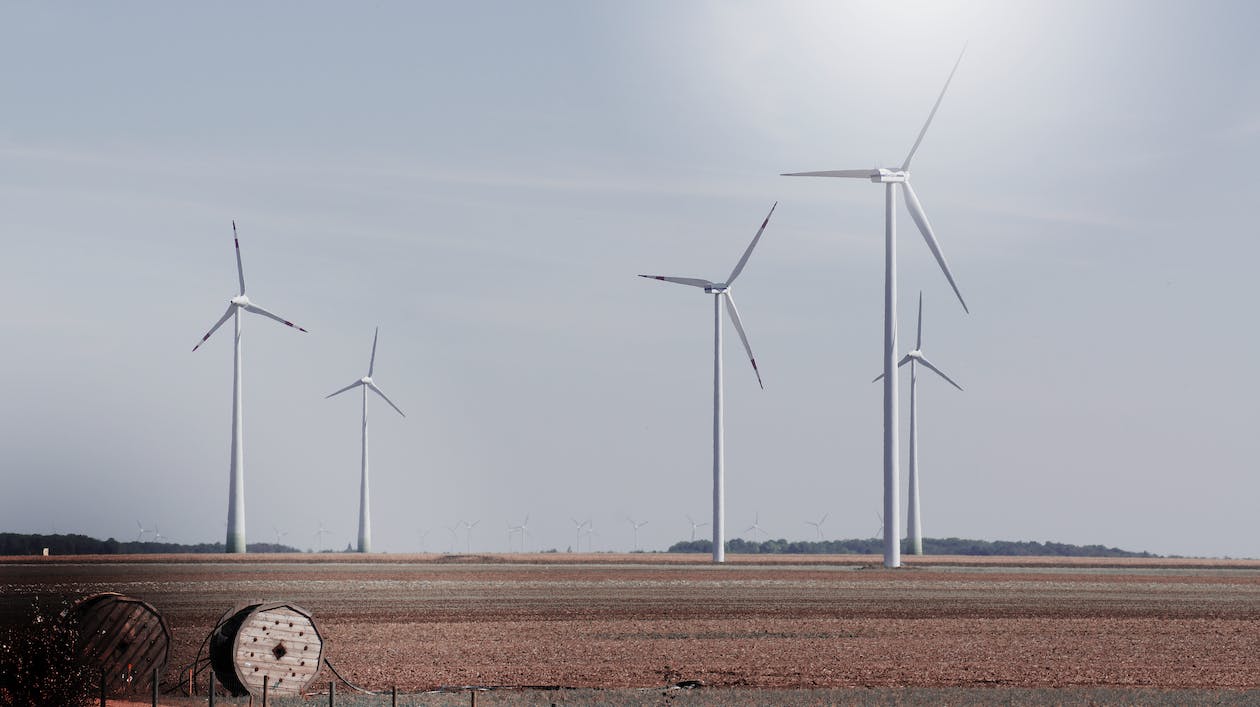Welcome to our blog on the future trends in submittal management. In today’s fast-paced construction industry, staying up-to-date with the latest innovations is crucial for success. This blog aims to explore how technology, automation, and evolving best practices are shaping the future of construction documentation. By embracing these emerging trends, you can streamline your submittal processes, improve efficiency, and stay ahead of the competition. Whether you’re a construction professional or simply interested in the advancements in the industry, this blog is your go-to resource. Let’s dive into the exciting world of submittal management innovations!
Future Trends in Submittal Management: Embracing Innovation
Submittal management plays a critical role in the construction industry. It involves the process of reviewing, approving, and tracking construction documents such as drawings, specifications, and other project-related information. As technology continues to advance, the field of submittal management is not exempt from innovation. In this blog post, we will explore the future trends in submittal management and how embracing these innovations can revolutionize the construction industry.
Automation in Submittal Processes
One of the most significant trends shaping the future of submittal management is the integration of automation. Traditionally, managing submittals involved a manual and time-consuming process, resulting in delays and errors. However, with technological advancements, companies have started adopting automated submittal management systems.
Automated submittal processes streamline various tasks such as document creation, tracking, and approval. These systems use artificial intelligence and machine learning algorithms to ensure accuracy, efficiency, and compliance with project requirements. By leveraging automation, construction professionals can devote more time to critical aspects of the project, leading to improved productivity and enhanced project outcomes.
Technology in Construction Documentation
Another emerging trend in submittal management is the integration of cutting-edge technology in construction documentation. Building Information Modeling (BIM) has revolutionized the construction industry by providing a platform for collaboration and data management. With BIM, submittal management becomes more efficient, as project stakeholders can access, review, and update project documentation in a single digital platform.
Additionally, cloud-based document management systems offer a convenient and secure way to store and share construction documents. These systems provide real-time access to project information, allowing multiple parties to collaborate seamlessly. By leveraging technology in construction documentation, the industry can reduce errors, improve communication, and increase the overall efficiency of submittal management.
Innovations in Construction
The construction industry is continuously evolving, and with it, submittal management practices are also transforming. Innovations such as augmented reality (AR) and virtual reality (VR) are gaining traction in the construction industry. These technologies enable designers, architects, and contractors to visualize projects before they are built, enhancing the clarity and accuracy of submittal documentation.
AR and VR also have the potential to improve collaboration among project stakeholders. By immersing themselves in virtual environments, teams can detect potential clashes or design issues early on, leading to better coordination and fewer change orders. By embracing these innovations, the construction industry can expect a significant shift in submittal management practices.
Construction Documentation Trends
Alongside technological advancements, evolving best practices are shaping the future of construction documentation. As the demand for sustainable construction grows, green building certifications such as LEED require meticulous documentation. This trend necessitates robust submittal management systems that can handle the documentation requirements associated with sustainable construction.
Moreover, the industry is witnessing a shift towards digitization and standardization of documentation processes. Companies are adopting digital templates, standardized protocols, and industry-specific software to ensure consistency and accuracy in construction documentation. By aligning with these trends, the submittal management process becomes more streamlined, transparent, and effective.
Did you know that according to a recent survey, 76% of construction professionals believe that technology will greatly impact submittal management processes in the future?
Frequently Asked Questions
1. What are the future trends in submittal management?
In the construction industry, future trends in submittal management revolve around embracing technology and automation. With the advancement of digital platforms, cloud-based solutions, and mobile applications, submittal management is becoming more streamlined and efficient.
2. How are innovations in construction impacting submittal management?
Innovations in construction, such as Building Information Modeling (BIM) and virtual reality, are transforming submittal management. These technologies allow for better collaboration, visualization, and accuracy in documentation, reducing errors and saving time.
3. What role does technology play in submittal management?
Technology plays a vital role in submittal management by automating processes, integrating data, and providing real-time visibility. Digital platforms and software solutions enable contractors, architects, and suppliers to streamline communication, track progress, and ensure compliance.
4. Are there any trends in construction documentation that professionals should be aware of?
Yes, there are several emerging trends in construction documentation. One of the notable trends is the shift towards paperless documentation, where digital files and cloud storage replace traditional paper-based methods. Additionally, the use of standardized templates and digital markup tools is gaining popularity for enhanced collaboration and accuracy.
5. How can automation improve submittal processes?
Automation in submittal processes eliminates manual tasks, reduces human error, and accelerates project timelines. By automating routine tasks like data entry, review workflows, and notifications, professionals can focus on value-added activities, ensuring faster project delivery and improved productivity.
6. What benefits can businesses gain from embracing these future trends?
Embracing future trends in submittal management brings several benefits for businesses in the construction industry. These include increased efficiency, enhanced collaboration, improved accuracy, cost savings, and reduced risk. By staying ahead of the curve and adopting innovative practices, organizations can gain a competitive edge and deliver projects more successfully.
Wrap Up: Embrace the Future of Submittal Management
In conclusion, it is undeniable that the future trends in submittal management are centered around embracing innovation. As construction technology continues to evolve, automation in submittal processes is becoming more prevalent. These innovations are reshaping the way construction documentation is handled, bringing greater efficiency and accuracy to the industry.
To stay ahead of the curve, it is crucial for professionals in the construction field to adapt to these emerging trends. By leveraging technology and incorporating best practices, businesses can streamline their submittal management processes, saving time and resources.
We hope this blog has inspired you to explore the possibilities of future submittal management and embrace the power of innovation in construction. Share your thoughts and experiences in the comments below. Let’s continue the conversation and shape the future of the industry together!







Leave a Reply
You must be logged in to post a comment.